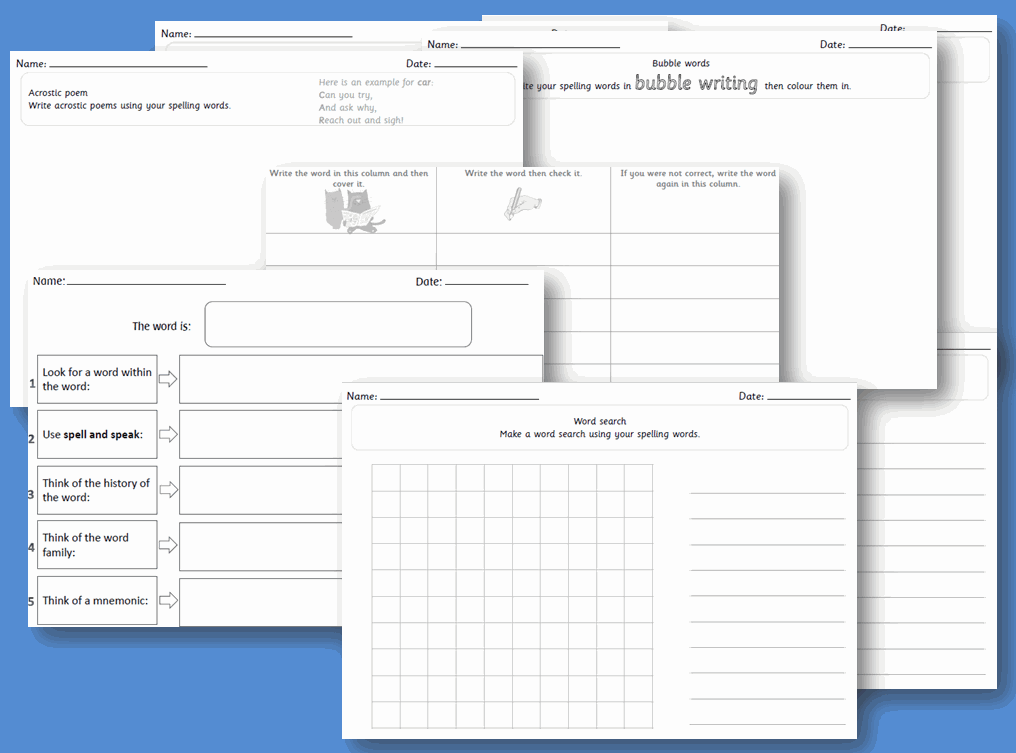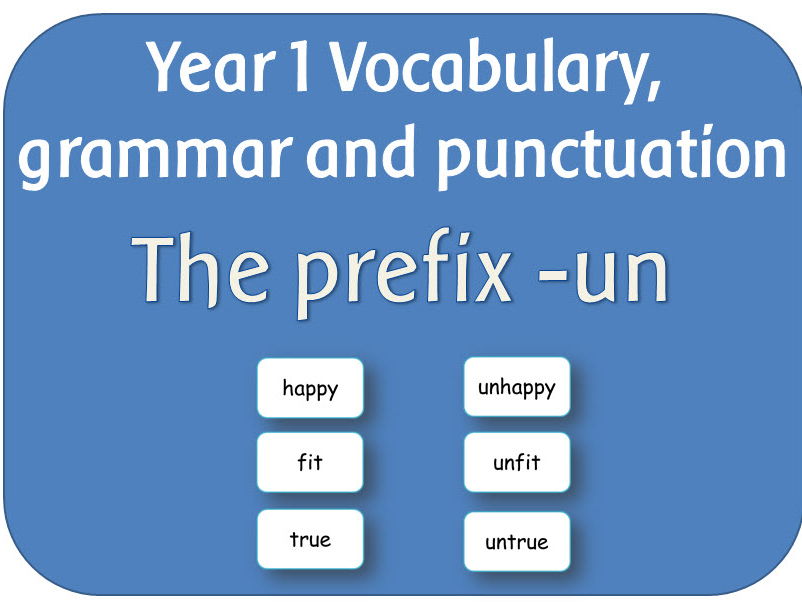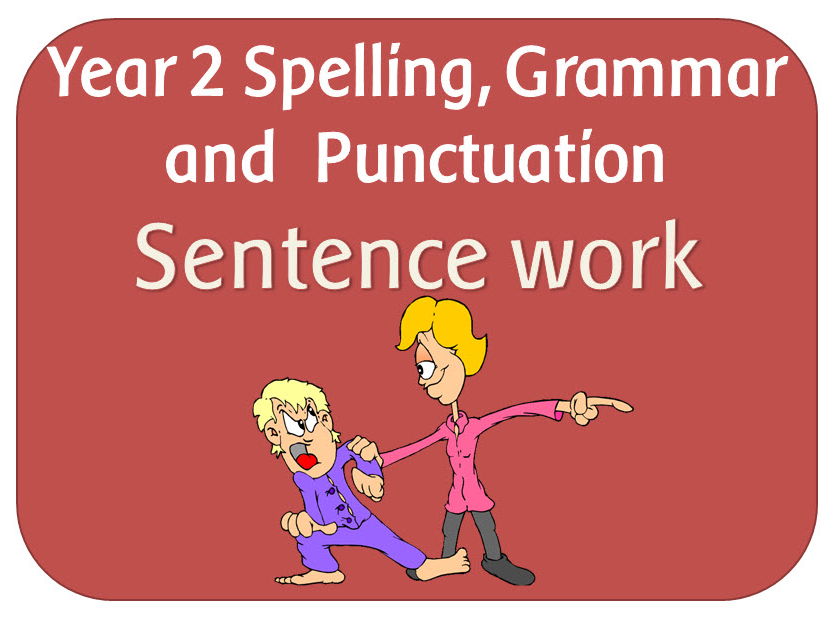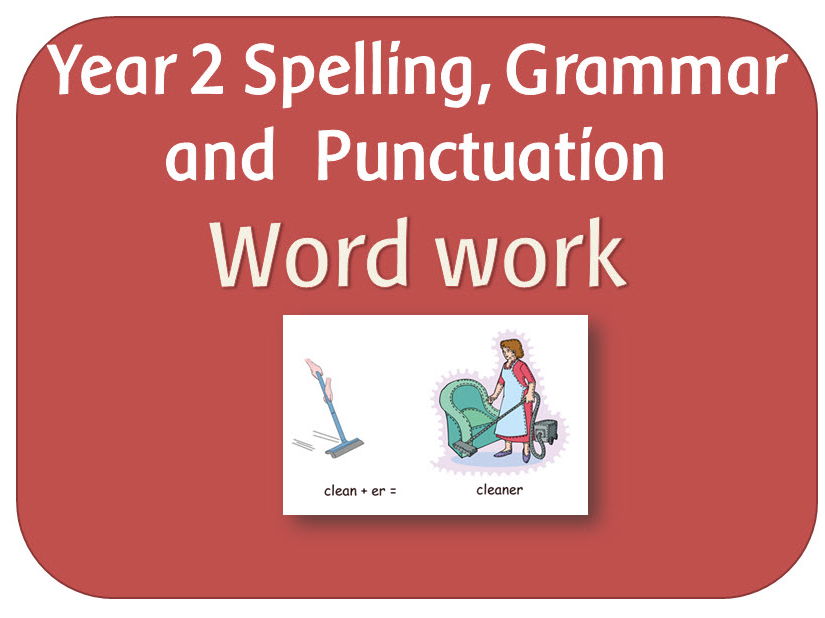
404Uploads
1072k+Views
683k+Downloads
English

SPaG Spelling pack: Activities to practise spelling words
A set of pdf files that can be used for spelling activities.

SPaG Year 1 Spelling pack: Using k for the /k/ sound
Resources to teach the guideline/rule in the Spelling Appendix:
The /k/ sound is spelt as k rather than as c before e, i and y.
POWERPOINT:
Explains the spelling rule and gives examples of words for a class activity where the children can try to spell the words.
PDF:
Wordsearch with relevant words

SPaG Year 1 Spelling pack: New consonant spellings ph and wh
A set of resources to teach the guideline/rule in the Spelling Appendix:
The /f/ sound is not usually spelt as ph in short everyday words (e.g. fat, fill, fun).
POWERPOINTS:
Each lesson explains the spelling rule, and gives examples of words for a class activity where the children can try to spell the words.
PDF:
Wordsearches with relevant words
WORD:
Outline adaptable planning document

SPaG Year 1 Spelling pack: Adding the prefix un
A set of resources to teach the guideline/rule in the Spelling Appendix:
The prefix un– is added to the beginning of a word without any change to the spelling of the root word.
POWERPOINT:
The prefix un: Shows how un can be added to words without any changes in spelling, and explains how adding un can change the meaning of words. It ends with an activity with words to add the prefix un to.
PDF:
Jigsaw cards - un prefix/words: A set of jigsaw cards to join the prefix un to root words.
Word cards - words plus un: Sets of words with and without the prefix un.

SPaG Year 1 Spelling pack: Vowel digraphs and trigraphs set 2
This pack contains the next 11 digraphs/trigraphs in the spelling appendix.
POWERPOINTS:
All presentations are superhero-themed and contain a quiz with words containing the relevant grapheme. They can be used for both reading and spelling activities.
14. ir
15. ur
16. oo
17. oo (ʊ)
18. oa
19. oe
20. ou
21. ow (aʊ)
22. ow
23. ue
24. ew

SPaG Year 1 Spelling pack: Compound words powerpoints and activities
A set of resources to teach the guideline/rule in the Spelling Appendix:
Compound words are two words joined together. Each part of the longer word is spelt as it would be if it were on its own.
POWERPOINTS:
Introduction to writing compound words: Activity for the children to write and check compound words.
Making up compound words: Gives a list of words from which compound words can be made.
Words containing box: Examples of words with opportunities to write them.
Words containing every: Examples of words with opportunities to write them.
Words containing play: Examples of words with opportunities to write them.
Words containing up: Examples of words with opportunities to write them.
PDF:
Cards to match up to make compound words.
Compound word worksheet: List of individual words for children to select and make new compound words.
Compound word worksheet blank
Compound word matching game
Plus a compound word list

SPaG Year 1 Spelling pack: Common Exception Words powerpoints, worksheets and activities
A set of resources to teach the Y1 CEW.
The more difficult spellings are covered in individual PowerPoints and give the children different strategies to learn the words.
The other spellings are organised into sets (eg is his has us was all have the /z/ sound at the end)
PDF
The worksheets contain different activities to encourage children to use the CEW in their writing.

SPaG Year 1 Spelling pack: Revision of work covered in Reception powerpoints and activities
A set of resources to recap work covered in Reception:
POWERPOINTS: Each PowerPoint lesson contains decodable high frequency words the children will be familiar with. The children are asked to read and then write the words.
• SET 1 Two letter words
• SET 2 CVC words 1
• SET 3 CVC words 2
• SET 4 CVC words 3
• SET 5 Consonant digraph words
• SET 6 Adjacent consonants
• SET 7 Adjacent consonants 2
• Words with adjacent consonants: An organised list of words containing adjacent consonants for extra reading practice.
GAMES / ACTIVITIES:
• Word cards (x7): There is a set of cards for each set of words.
• Sets 1-7 HFW lists: Can be used for spelling lists for the children.

SPaG Year 1 Spelling pack: Digraphs and trigraph cards & list
A set of cards; 4 per page (46 pages altogether) with words containing the Y1 digraphs and trigraphs. They can be used for display, flashcards or games.
The spelling lists contains groups of spellings in 34 sets.

SPaG Year 1 Grammar: Suffixes
3 powerpoint lessons looking at suffixes that can be added to verbs without any change in spelling of the root word, plus a jigsaw activity and plan.
This set contains the following PowerPoints:
The suffix ed: Explains what a suffix is, and what meaning the suffix ed adds to verbs, giving examples and an activity
The suffix er: Explains what a suffix is, and what meaning the suffix er adds to nouns, giving examples and an activity
The suffix ing: Explains what a suffix is, and what meaning the suffix ing adds to verbs, giving examples and an activity
Activity cards (pdf)
Jigsaw cards - root words and suffixes er ing ed

SPaG Year 1: The prefix un
2 powerpoint lessons - how the prefix un- changes the meaning of verbs and adjectives; plus jigsaw cards and a lesson plan.
Adding the prefix un to adjectives: Powerpoint explaining how the meaning of adjectives change when un- is added, ending with an activity
Adding the prefix un to verbs: Powerpoint explaining how the meaning of verbs changewhen un- is added, ending with an activity
Activity cards
Jigsaw cards - root words and the prefix un.

SPaG Year 2 Spelling: The /l/ or /əl/ sound spelt –le, -el, -al and -il at the end of words
Resources to teach the spelling rule: The /l/ or /əl/ sound spelt le, el, al and il at the end of words
WORDS ENDING IN LE:
POWERPOINT
Le at the end of words: A short powerpoint with 18 common words to read ending in le.
ACTIVITIES
Cards containing words ending in le - 45 word cards to play games
Wordsearch - le words
WORDS ENDING IN EL:
POWERPOINT
El at the end of words: A short powerpoint explaining that this spelling is not as common as le, but is usually found after m, n, r, v, w, and s. It displays 12 common words to read ending in el.
ACTIVITIES
Cards containing words ending in le - 27 word cards to play games
Wordsearch - el words
WORDS ENDING IN AL:
POWERPOINT
Al at the end of words: A short powerpoint explaining that not many nouns end in al, but many adjectives do. It displays 16 common words to read ending in al.
ACTIVITES
Cards containing words ending in al - 27 word cards to play games
Wordsearch - el words
WORDS ENDING IN IL:
POWERPOINT
IL at the end of words: A short powerpoint explaining that not many words end in il. It displays 9common words to read ending in il.
ACTIVITES
Cards containing words ending in al - 27 word cards to play games
Wordsearch - el words
ALL SPELLINGS OF THE /L/ SOUND
POWERPOINT
Which 'l' sound to use - shows all four spellings, with 22 words for the children to find which spelling is correct. It points out that the most common spelling is le.
ACTIVITIES
Loop cards containing pictures and all 4 spellings of the /l/ sound.
Although every effort has been made to check wordsearches for unintentional inappropriate words, it is recommended that teachers double check them before giving to children.
TEACHER RESOURCES
Word list
Planning - An adaptable outline plan of the resources included and objectives

SPaG Year 2 Spelling: the /n/ sound spelt kn and gn
A set of resources looking at the /n/ sound spelt kn and gn at the beginning of words.
POWERPOINT: Explains the spelling and gives a short explanation of why these types of word exist, then gives examples for the children to read. Then there is a spelling activity, using a look, hide and check format
BINGO: Two sets, kn words and kn and gn words
CARDS: Matching cards with words and pictures
WORDSEARCH: kn words
WORD DOCUMENTS: Lists of words and a planning document.

SPaG Year 2 Spelling: The /ɔ:/ sound spelt a before l and ll
A set of resources to teach children that the /ɔ:/ sound (‘or’) is usually spelt as a before l and ll.

SPaG Year 2 Spelling: The /i:/ sound spelt –ey
A powerpoint lesson looking at words such as key, monkey, donkey etc. The pack also includes a word list, wordsearch, crossword and outline planning.

SPaG Year 2 Text: Present and past tense and the progressive form of verbs
Four powerpoints looking at past and present verb tenses.
POWERPOINTS
Introduction to tenses: Explains what tense means, and past and present tense, giving examples including the progressive form of verbs.It ends with some examples and opportunities for children to change the tenses of sentences.
Changing present into past tense: Sentences to change
Thinking of verbs and past and present tense: Look at pictures and describe the actions in the present and the past tenses.
Irregular past tense verbs: Explanation and lists of irregular past tense verbs.

Subordination and co-ordination powerpoint, worksheets and posters: SPaG Year 2 Sentence
A PowerPoint lesson explaining what subordination and co-ordination are with accompanying worksheets and posters, designed to teach the Y2 Sentence objectives.
The set contains:
POWERPOINT:
Subordination and coordination
A 7 page PowerPoint explaining how to connect sentences and clauses using subordination (when, if, that and because) and co-ordination (using or, and or but.)
It gives examples of how to use them in sentences then gives sentence starters for the children to complete using the words above.
ACTIVITIES / WORKSHEETS:
Co-ordination writing sheets x 4: Each sheet has a different picture. The children have to write sentences using the words and, but and or.
Subordination worksheets x 4: Each sheet has a different picture. The children have to write sentences using the words when, if, that and because
DISPLAY:
Two posters explaining subordination and co-ordination with examples and a heading.

SPaG Year 2 Sentences: Statements, questions, exclamations or commands
A lesson explainint the difference between statements questions exclamations and commands, with 2 activities.
DIFFERENT TYPES OF SENTENCES
POWERPOINT
Explains the difference between a statement, question, exclamation and a command, and how the grammatical patterns vary
ACTIVITIES
Different types of sentences - writing an advertisement x 2

SPaG Year 2 Word: Formation of nouns using suffixes such as -ness and -er and by compounding
The pack recaps what suffixes are and explains how to form nouns using the suffixes -er and -ment and by compounding. Also included is a list of compound words and 2 sets of jigsaw cards.
INTRODUCTORY POWERPOINT
What are suffixes: Explains what they are and what meaning they add to words
FORMATION OF NOUNS USING SUFFIXES: er, ment, ness
POWERPOINTS: The three resources below recap on what a suffix and a noun is, then explain what each suffix means, and what effect it has on words. They ask the children to add the suffix to words and explain how the meaning has changed.
Formation of nouns using the suffix er
Formation of nouns using the suffix ment
Formation of nouns using the suffix ness
ACTIVITIES
Jigsaw cards er ness and ment - to make words
FORMATION OF NOUNS BY COMPOUNDING:
POWERPOINT
Formation of nouns by compounding: Explains what compound nouns are, then gives lists of words to make new compound nouns.
ACTIVITIES
Creating compound words: For the children to make words
Compound word list

SPaG Year 2 Word: Formation of adjectives using suffixes such as -ful or -less
6 powerpoints looking at adding different suffixes to make adjectives, plus a worksheet:
POWERPOINTS: The first three resources below explain what adjectives are, and what each suffix does to the meaning of words it is added to. They end with a list of words to add the suffix to, and explain how the meaning of the word has changed.
Formation of adjectives by adding ful
Formation of adjectives by adding less
Formation of adjectives by adding y
Formation of adjectives ful and less recap: Goes over the two suffixes then ends with an activity to change words by adding ful or less
Adding suffixes to words in sentences: Pictures to encourage the children to make adjectives from root words.
Think of adjectives: Different pictures for the children to look at and think of describing words using the suffixes ful y and less.
ACTIVITIES
Formation of adjectives worksheet: Writing sentences to describe pictures




















